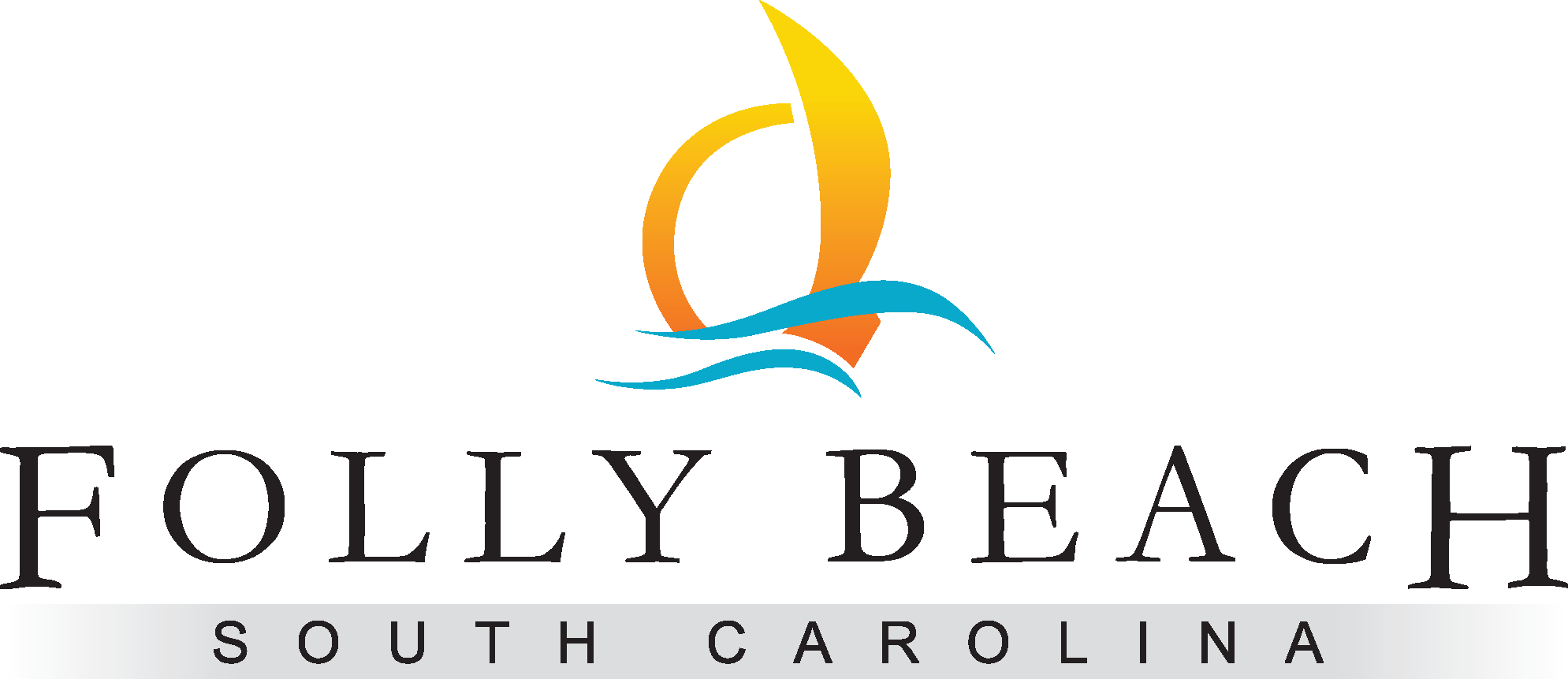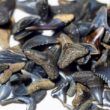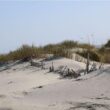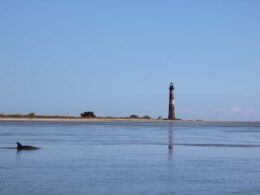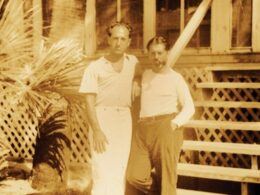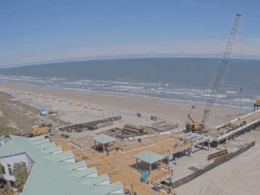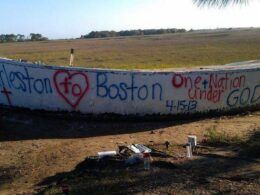Each year from June-November during hurricane season, Charleston-area residents collectively cross our fingers, hoping that the next Hugo is not on the horizon. Thankfully, the Lowcountry and the state of South Carolina dodged the worst of hurricanes Dorian and Florence, but we haven’t always been so lucky. Included in the list below are five of the most powerful and damaging storms in recorded history to strike the coast near Charleston.
Hurricane Hugo
If you were living in Charleston on September 21, 1989, you probably have a story about Hurricane Hugo and its destructive aftermath. The Category 4 storm battered the coast with sustained winds of 135 miles per hour and dumped torrential rains. A towering tidal surge that peaked at 20 feet struck just north of Charleston in Bulls Bay. Hugo, which still maintained hurricane force winds 200 miles inland, caused $8 to $10 billion in damage (adjusted for today’s dollars). The end result was widespread devastation that took the Lowcountry years from which to fully recover.
Hurricane Hazel
In October 1954, Hurricane Hazel made landfall near the South Carolina/North Carolina border as a Category 4 hurricane packing sustained winds approaching 130 mph. It was responsible for 95 deaths in the U.S. and caused significant damage in South Carolina, mainly in the area from Pawleys Island northward.
Hurricane Gracie
Just five years later in early fall 1959, Gracie struck Beaufort, S.C., with 130 mph winds and gusts estimated at 150 mph. Charleston harbor experienced a storm surge approaching nine feet, but it could have been worse if the storm had arrived at high tide rather than low tide. The slow-moving storm caused 10 deaths in South Carolina and Georgia and the relentless wind and tidal surge wrought major havoc, mainly between Beaufort and Charleston. Even when Gracie weakened into a tropical storm, it still caused major flooding in North Carolina, triggering extensive crop damage.
Hurricane Matthew
Hurricane Matthew had gained strength while passing through the Caribbean Sea and strengthened to a Category 4 at one point. Fortunately, by the time it made landfall near McClellanville, S.C., it had weakened to a Category 1, with winds near 85 mph. However, it still produced hurricane force gusts along the South Carolina coast and brought heavy rainfall totals of six inches to a foot, with localized areas seeing as much as 17 inches, causing significant flooding. Matthew’s flooding was responsible for 25 deaths in North Carolina.
Unnamed 1885 Hurricane
In August 1885, a storm made landfall near Charleston as a Category 2 hurricane, causing severe damage and resulting in many deaths, though precise totals are unavailable. After hitting the Lowcountry, the storm moved inland across eastern South Carolina and North Carolina before heading out to sea along North Carolina’s Outer Banks.
Source: https://www.weather.gov/chs/TChistory
